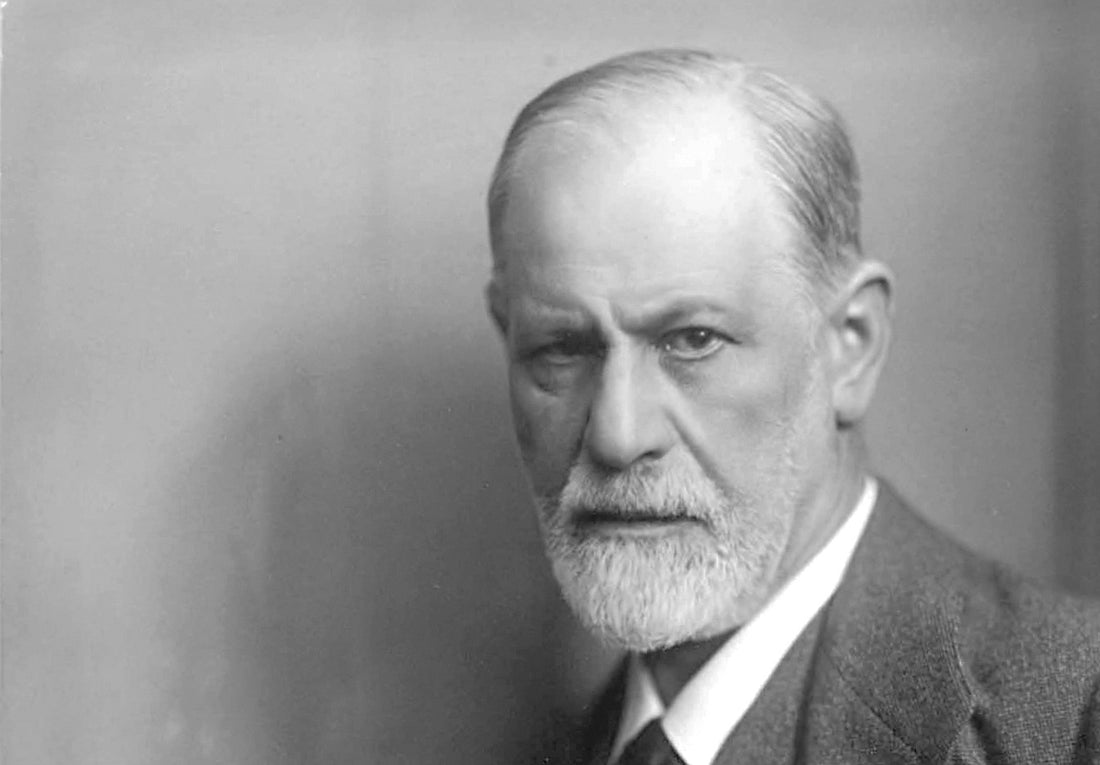Where did surrealism come from?
Today, Surrealism continues to influence contemporary art, and its darker aspects continue to inspire a new generation of artists. Dark Surrealism, in particular, has become a popular genre among artists who seek to explore the darker side of the human psyche and to challenge our perceptions of reality.
In this chapter, we will explore the evolution of Surrealism and its darker side, tracing its development from its origins in the early 20th century to its continued influence on contemporary art.
The roots of Surrealism can be traced back to the Dada movement, which emerged in Europe during World War I. Dada artists sought to challenge the conventions of art and society, using provocative and nonsensical imagery to express their discontent with the world around them.
One of the key figures in the development of Surrealism was Andre Breton, a French writer who published the first Surrealist Manifesto in 1924. Breton defined Surrealism as "pure psychic automatism," a technique that allowed artists to bypass the conscious mind and tap into the unconscious, where he believed true creativity lay.
Surrealism quickly became a global movement, with artists in Europe, North America, and South America embracing its principles. Surrealist art often featured bizarre and dreamlike imagery, with artists such as Max Ernst, Joan Miro, and Rene Magritte using a range of techniques, including collage, painting, and sculpture, to create works that challenged the viewer's perceptions of reality.
As Surrealism evolved, some artists began to explore the darker side of the human psyche. Salvador Dali, for example, became known for his use of disturbing and provocative imagery, such as melting clocks and dismembered bodies. Other artists, such as Hans Bellmer, created works that were highly sexualized and disturbing.
During the 1930s, many Surrealist artists became involved in political activism, using their art to critique the social and political conditions of their time. This led to a darker, more satirical tone in their work, as they sought to expose the hypocrisy and corruption of those in power.
During the 1940s and 1950s, Surrealism continued to evolve, with artists exploring new techniques and styles. Many Surrealist artists began to use collage and assemblage, combining everyday objects with disturbing imagery to create works that were both unsettling and thought-provoking.
The legacy of Surrealism can be seen in contemporary art, with many artists continuing to explore its principles and techniques. Dark Surrealism, in particular, has become a popular genre, with artists using a range of mediums, including painting, sculpture, and photography, to create works that challenge our perceptions of reality and explore the darker side of the human psyche.
In the following chapters, we will explore the psychology of dark surreal wall art, the symbolism used by artists in this genre, and the techniques they employ to create their works. We will also examine the impact of dark surrealism on other art forms, such as horror, gothic art, and dark fantasy. By the end of this book, we hope to provide a comprehensive exploration of the world of dark surreal wall art and its continuing influence on the art world.
The Evolution of Surrealism and Its Dark Side
Surrealism began as a literary and artistic movement in the early 20th century, influenced by the works of Sigmund Freud and his theories of the unconscious mind. Surrealists sought to explore the world of dreams and the subconscious, to challenge the rational and logical worldview of modern society, and to uncover the hidden meanings and symbolism of everyday life.
Early Surrealism was not always dark, but it quickly developed a darker side as artists began to explore the darker aspects of the human psyche. Surrealist artists began to use unsettling and disturbing imagery, exploring themes such as death, decay, and madness. Salvador Dali, one of the most famous Surrealists, was known for his use of disturbing and provocative imagery, such as melting clocks and dismembered bodies.
The darker aspects of Surrealism were further developed during the 1930s, when many Surrealist artists became involved in political activism. They used their art to critique the social and political conditions of their time, often taking a dark and satirical tone.
During the 1940s and 1950s, Surrealism continued to evolve, as artists began to explore the use of collage and assemblage, combining everyday objects with disturbing imagery. This period also saw the emergence of new Surrealist techniques, such as automatic drawing and painting, which aimed to bypass the conscious mind and access the subconscious directly.

